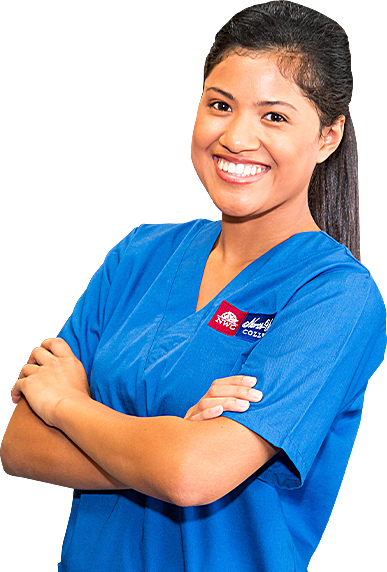Massage Therapist
Skilled Massage Therapists use the healing power of touch to help their clients. Massage Therapists manipulate soft tissue and muscles to relieve and manage pain, heal, rehabilitate injuries, improve circulation, relieve stress, and aid in the overall well-being of their clients.
As more patients and health care providers understand the benefits of massage, the demand for trained Massage Therapists is expected to increase to provide these services.
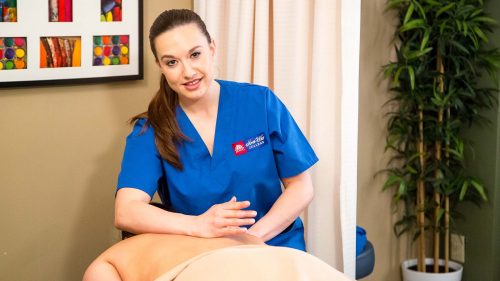
Massage Therapist
Massage Therapist Overview
Massage Therapists treat clients by using touch to manipulate the muscles and other soft tissues of the body. With their touch, therapists relieve pain, help heal injuries, improve circulation, relieve stress, increase relaxation, and aid in the general wellness of clients.
Massage Therapists routinely perform a variety of tasks, including:
The Massage Therapy program at North-West College focuses on teaching the skills and best practices needed to work in a wide array of settings, such as spas, franchised clinics, physicians’ offices, hotels, client’s homes and fitness centers.
Attend Classes at a California (CA) Campus Near You!
The California Massage Therapy Council (“CAMTC”) provides statewide certification for massage therapists and approval for massage therapy schools. While earning certification as a massage therapist is voluntary in the state of California, the Massage Therapy Reform Act requires that therapists who claim to be certified or licensed must meet certain conditions, including completion of massage therapy training program approved by the CAMTC. Recently, following the passage of the Massage Therapy Reform Act, many cities in the State of California have passed local ordinances which require massage therapists to be certified in order to practice massage therapy in that city. This requirement is becoming the standard across the state and there are very few remaining municipalities that do not require certification.
The Massage Therapy program at the North-West College West Covina, Pomona Valley and Santa Ana campuses have been approved by the CAMTC. North-West College (“the College”) has applied for CAMTC approval at other campus locations. The current status of the applications for the College’s other locations with the CAMTC are “pending”.
Becoming a CAMTC approved school is a lengthy process and we currently do not have an estimate on when the process will be completed.
CAMTC School Approval is voluntary. However, graduating from a non-CAMTC approved school will limit your employment opportunities to a city or county that does not require massage therapists to be certified.
If the College receives approval for a campus from which you graduated, you will be eligible to apply to the CAMTC to become a certified massage therapist. If you graduate and submit your application to the CAMTC before your campus has received CAMTC approval, the CAMTC will hold your certification application without processing it until it either approves or denies the campus. There is no guarantee, representation, or certainty that your campus will be CAMTC approved prior to your graduation, or that your campus will ever achieve CAMTC approval.
* North-West College cannot guarantee employment.
Proudly accredited, licensed to operate and/or recognized by the following institutions:




Attend Classes at a California (CA) Campus Near You!
The Massage Therapist program is available at the following campuses:
Meet a Graduate
Questions?
Let us help you launch your career by contacting us today. Simply fill out the form below or call us at 1-888-408-4211. Classes are starting soon!
Massage Therapy Careers & Work Environment
The Massage Therapy program at North-West College is a professional vocational training course designed to provide the fundamental knowledge and education needed to begin working in massage offices and private practices, physicians’ offices, hospitals and medical centers, chiropractic offices, nursing facilities, outpatient clinics, health clubs and fitness centers, spas and resorts, hotels, cruise ships, beauty and hair salons, pain management centers, and sports team facilities.
Graduates of the program routinely find entry-level positions jobs working in:
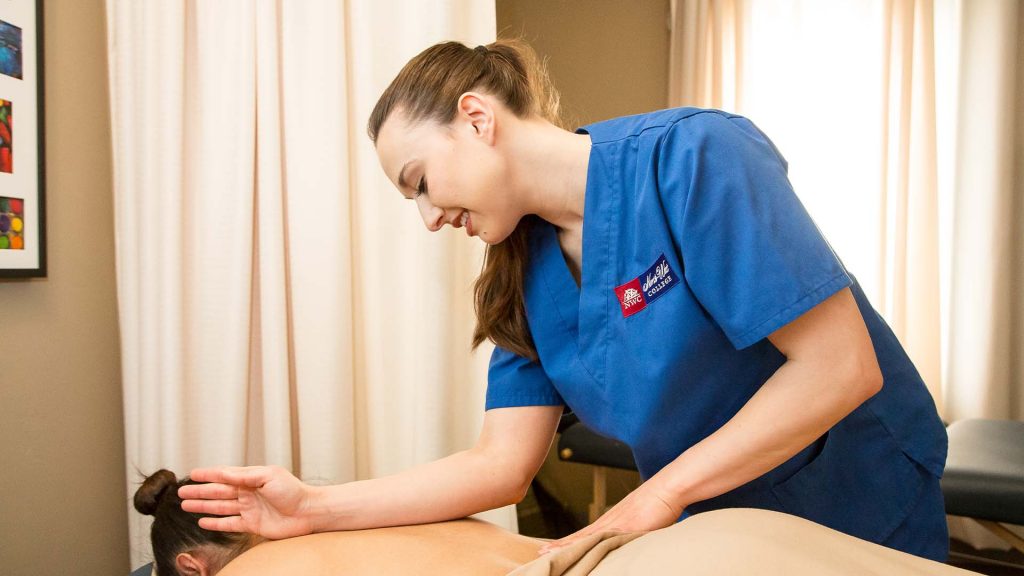


Quick Facts about Massage Therapists*
Massage Therapy Course Material
The Massage Therapist program provides the basic knowledge, tools, ethics, and behaviors that will enable the student to successfully practice as a Massage Therapist in a variety of health care settings. Employment opportunities for Massage Therapy graduates include entry-level positions in massage offices and private practices, physicians’ offices, hospitals and medical centers, chiropractic offices, nursing facilities, outpatient clinics, health clubs and fitness centers, spas and resorts, hotels, cruise ships, beauty and hair salons, pain management centers, and sports team facilities. The program is divided into ten class course modules, including a 100-hour clinical externship where students will practice and apply the skills they learn in the classroom in a real-world setting.
Seminar for Success
Orientation and success building course for Career Students. Review of basic math, language, vocabulary, and writing skills. Introduction to core career classes, availability of community resources, outlining, summarizing, managing credit and other life skills
Swedish Massage
Business Skills: Choosing a Business Status and Massage Setting, Basic Anatomy/Physiology: Integumentary, Skeletal, Muscular, Classification of Massage Movements, Swedish – Feet, Legs, Supine, Swedish – Legs, Prone, Swedish – Supine/Full-Body
Shiatsu
Business Skills, Marketing Shiatsu/Theories and Practices of Eastern, Modalities/Polarity, Basic Anatomy/Physiology: Circulatory, Nervous, Endocrine, Shiatsu – Head, Neck, Face, and Chair, Shiatsu – Supine and Side lying, Shiatsu – Prone
Sports Massage & Reflexology
Business Skills – Communications and Marketing, Basic Anatomy/Physiology: Pathology, Disease and Injury-Related Conditions, Overuse, Chronic and Acute Sports Injury/ Rehabilitation, Active Stretching and Muscle Energy Technique, Passive Positioning Techniques/Combined Reflexology, Pre- and post-event massage/Foot and Hand Reflexology
Spa Services/Wellness Strategies
Business Skills/Working in a Spa Environment, Basic Anatomy/Physiology: Respiratory, Digestive, and Excretory systems, Spa Treatments and Services/Hydrotherapy and Aromatherapy, Spot Treatments, Cellulite Treatments, Face and Scalp Massage, Client/Therapist Wellness: Stretching, Exercise, Breathing, and Other Techniques
Understanding Pain/Alternative Massage Methods
Business Skills – Ethics and Professionalism, Basic Anatomy/Physiology: Reproductive, Soft- tissue, Non-Western, Understanding Pain/Massage Strategies, Customization, Intentionality, Alternative Massage Methods: Craniosacral Therapy, Reiki, Therapeutic Touch, Alternative Massage Methods: Chair, Intuitive, Trigger Point, Somatic
Deep Tissue Massage/Alternative Massage Methods
Business Skills – Financial Skills, Basic Anatomy/Physiology: Kinesiology, Lymph-Vascular, and Immune systems, Deep Tissue – Back, Legs, Arms, Chest, Neck, Joint Mobilization and Range of Motion/Lymphatic Massage, Alternative Massage Methods: Massage for Nursing and Health care, Alternative Massage Methods: Prenatal, Postnatal, Infant Massage
Computers
Introduction to Computers, Word, Excel, Medi-Soft, Processing Electronic Insurance Claims, & Creating Professional Quality Résumés
Career Seminar
Internship Workshop (seminar for employment preparedness), Student Orientation, varying amounts of outside preparation and projects that must be completed for a grade, and CPR
Clinical Internship
Internship to apply the knowledge and skills learned in the classroom in an actual practice setting
Massage Therapy Course Activities
Massage Therapists treat clients by using touch to manipulate the muscles and other soft tissues of the body. With their touch, therapists relieve pain, help heal injuries, improve circulation, relieve stress, increase relaxation, and aid in the general wellness of clients. Massage Therapists may use lotions and oils, and massage tables or chairs, when treating a client. A massage can be as short as 5–10 minutes or could last more than an hour. Massage Therapists can specialize in many different types of massage or modalities. Swedish massage, deep-tissue massage, and sports massage are just a few of the many modalities of massage therapy. Most Massage Therapists specialize in several modalities, which require different techniques.
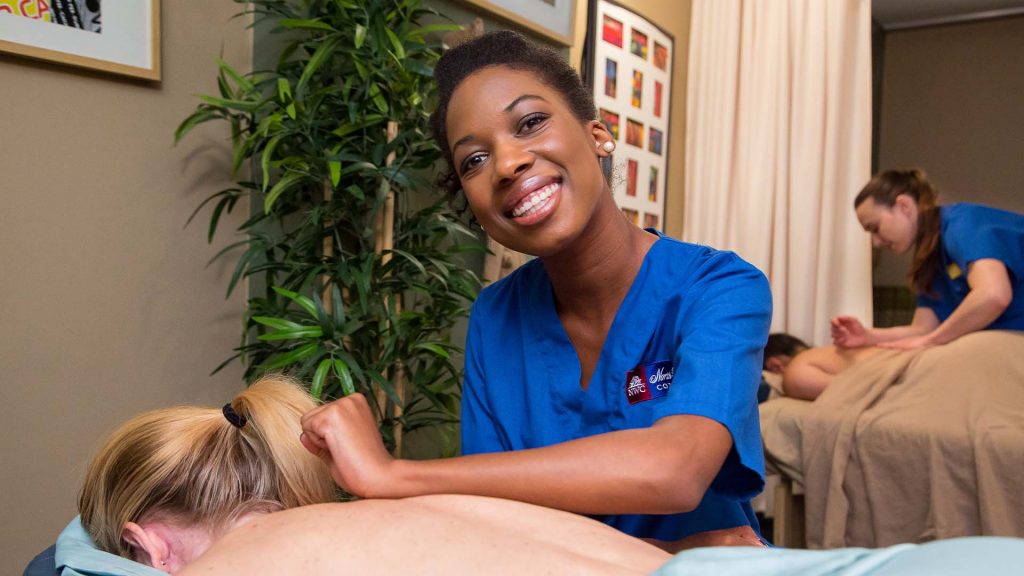


Massage Therapists typically perform the following tasks:
Questions?
Let us help you launch your career by contacting us today. Simply fill out the form below or call us at
1-888-408-4211
Classes are starting soon!
Request Information
Fill out a short online form and one of our Admissions Representatives will reach out and answer all of your questions.
Apply Online Now!
Ready to make your decision? You can apply online now in less than a few minutes.
Schedule a Tour
Come and see us in person! Talk to your future instructors, meet your future classmates and get familiar with your new home.
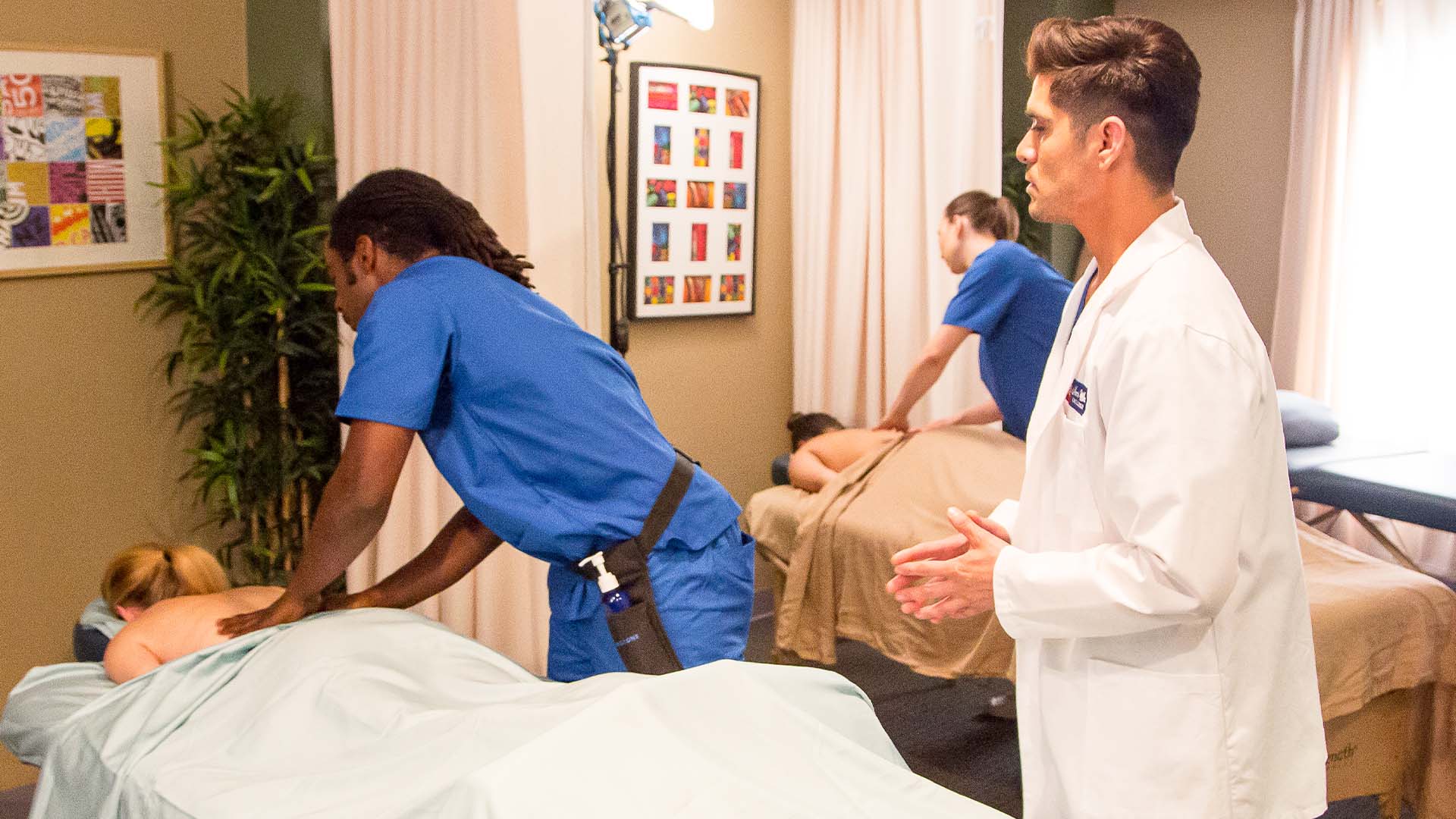

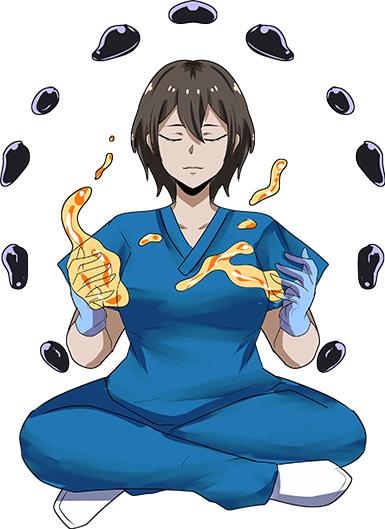

Massage Therapist Overview
Massage Therapists treat clients by using touch to manipulate the muscles and other soft tissues of the body. With their touch, therapists relieve pain, help heal injuries, improve circulation, relieve stress, increase relaxation, and aid in the general wellness of clients.
Massage Therapists routinely perform a variety of tasks, including:
The Massage Therapy program at North-West College focuses on teaching the skills and best practices needed to work in a wide array of settings, such as spas, franchised clinics, physicians’ offices, hotels, client’s homes and fitness centers.
Attend Classes at a California (CA) Campus Near You!
The California Massage Therapy Council (“CAMTC”) provides statewide certification for massage therapists and approval for massage therapy schools. While earning certification as a massage therapist is voluntary in the state of California, the Massage Therapy Reform Act requires that therapists who claim to be certified or licensed must meet certain conditions, including completion of massage therapy training program approved by the CAMTC. Recently, following the passage of the Massage Therapy Reform Act, many cities in the State of California have passed local ordinances which require massage therapists to be certified in order to practice massage therapy in that city. This requirement is becoming the standard across the state and there are very few remaining municipalities that do not require certification.
The Massage Therapy program at the North-West College West Covina, Pomona Valley and Santa Ana campuses have been approved by the CAMTC. North-West College (“the College”) has applied for CAMTC approval at other campus locations. The current status of the applications for the College’s other locations with the CAMTC are “pending”.
Becoming a CAMTC approved school is a lengthy process and we currently do not have an estimate on when the process will be completed.
CAMTC School Approval is voluntary. However, graduating from a non-CAMTC approved school will limit your employment opportunities to a city or county that does not require massage therapists to be certified.
If the College receives approval for a campus from which you graduated, you will be eligible to apply to the CAMTC to become a certified massage therapist. If you graduate and submit your application to the CAMTC before your campus has received CAMTC approval, the CAMTC will hold your certification application without processing it until it either approves or denies the campus. There is no guarantee, representation, or certainty that your campus will be CAMTC approved prior to your graduation, or that your campus will ever achieve CAMTC approval.
* North-West College cannot guarantee employment.
Proudly accredited, licensed to operate and/or recognized by the following institutions:






Attend Classes at a California (CA) Campus Near You!
The Massage Therapist program is available at the following campuses:
Meet a Graduate
Questions?
Let us help you launch your career by contacting us today. Simply fill out the form below or call us at 1-888-408-4211. Classes are starting soon!
Massage Therapy Careers & Work Environment
The Massage Therapy program at North-West College is a professional vocational training course designed to provide the fundamental knowledge and education needed to begin working in massage offices and private practices, physicians’ offices, hospitals and medical centers, chiropractic offices, nursing facilities, outpatient clinics, health clubs and fitness centers, spas and resorts, hotels, cruise ships, beauty and hair salons, pain management centers, and sports team facilities.
Graduates of the program routinely find entry-level positions jobs working in:



Quick Facts about Massage Therapists*
Massage Therapy Course Material
The Massage Therapist program provides the basic knowledge, tools, ethics, and behaviors that will enable the student to successfully practice as a Massage Therapist in a variety of health care settings. Employment opportunities for Massage Therapy graduates include entry-level positions in massage offices and private practices, physicians’ offices, hospitals and medical centers, chiropractic offices, nursing facilities, outpatient clinics, health clubs and fitness centers, spas and resorts, hotels, cruise ships, beauty and hair salons, pain management centers, and sports team facilities. The program is divided into ten class course modules, including a 100-hour clinical externship where students will practice and apply the skills they learn in the classroom in a real-world setting.
Seminar for Success
Orientation and success building course for Career Students. Review of basic math, language, vocabulary, and writing skills. Introduction to core career classes, availability of community resources, outlining, summarizing, managing credit and other life skills
Swedish Massage
Business Skills: Choosing a Business Status and Massage Setting, Basic Anatomy/Physiology: Integumentary, Skeletal, Muscular, Classification of Massage Movements, Swedish – Feet, Legs, Supine, Swedish – Legs, Prone, Swedish – Supine/Full-Body
Shiatsu
Business Skills, Marketing Shiatsu/Theories and Practices of Eastern, Modalities/Polarity, Basic Anatomy/Physiology: Circulatory, Nervous, Endocrine, Shiatsu – Head, Neck, Face, and Chair, Shiatsu – Supine and Side lying, Shiatsu – Prone
Sports Massage & Reflexology
Business Skills – Communications and Marketing, Basic Anatomy/Physiology: Pathology, Disease and Injury-Related Conditions, Overuse, Chronic and Acute Sports Injury/ Rehabilitation, Active Stretching and Muscle Energy Technique, Passive Positioning Techniques/Combined Reflexology, Pre- and post-event massage/Foot and Hand Reflexology
Spa Services/Wellness Strategies
Business Skills/Working in a Spa Environment, Basic Anatomy/Physiology: Respiratory, Digestive, and Excretory systems, Spa Treatments and Services/Hydrotherapy and Aromatherapy, Spot Treatments, Cellulite Treatments, Face and Scalp Massage, Client/Therapist Wellness: Stretching, Exercise, Breathing, and Other Techniques
Understanding Pain/Alternative Massage Methods
Business Skills – Ethics and Professionalism, Basic Anatomy/Physiology: Reproductive, Soft- tissue, Non-Western, Understanding Pain/Massage Strategies, Customization, Intentionality, Alternative Massage Methods: Craniosacral Therapy, Reiki, Therapeutic Touch, Alternative Massage Methods: Chair, Intuitive, Trigger Point, Somatic
Deep Tissue Massage/Alternative Massage Methods
Business Skills – Financial Skills, Basic Anatomy/Physiology: Kinesiology, Lymph-Vascular, and Immune systems, Deep Tissue – Back, Legs, Arms, Chest, Neck, Joint Mobilization and Range of Motion/Lymphatic Massage, Alternative Massage Methods: Massage for Nursing and Health care, Alternative Massage Methods: Prenatal, Postnatal, Infant Massage
Computers
Introduction to Computers, Word, Excel, Medi-Soft, Processing Electronic Insurance Claims, & Creating Professional Quality Résumés
Career Seminar
Internship Workshop (seminar for employment preparedness), Student Orientation, varying amounts of outside preparation and projects that must be completed for a grade, and CPR
Clinical Internship
Internship to apply the knowledge and skills learned in the classroom in an actual practice setting
Massage Therapy Course Activities
Massage Therapists treat clients by using touch to manipulate the muscles and other soft tissues of the body. With their touch, therapists relieve pain, help heal injuries, improve circulation, relieve stress, increase relaxation, and aid in the general wellness of clients. Massage Therapists may use lotions and oils, and massage tables or chairs, when treating a client. A massage can be as short as 5–10 minutes or could last more than an hour. Massage Therapists can specialize in many different types of massage or modalities. Swedish massage, deep-tissue massage, and sports massage are just a few of the many modalities of massage therapy. Most Massage Therapists specialize in several modalities, which require different techniques.



Massage Therapists typically perform the following tasks:
Questions?
Let us help you launch your career by contacting us today. Simply fill out the form below or call us at
1-888-408-4211
Classes are starting soon!

